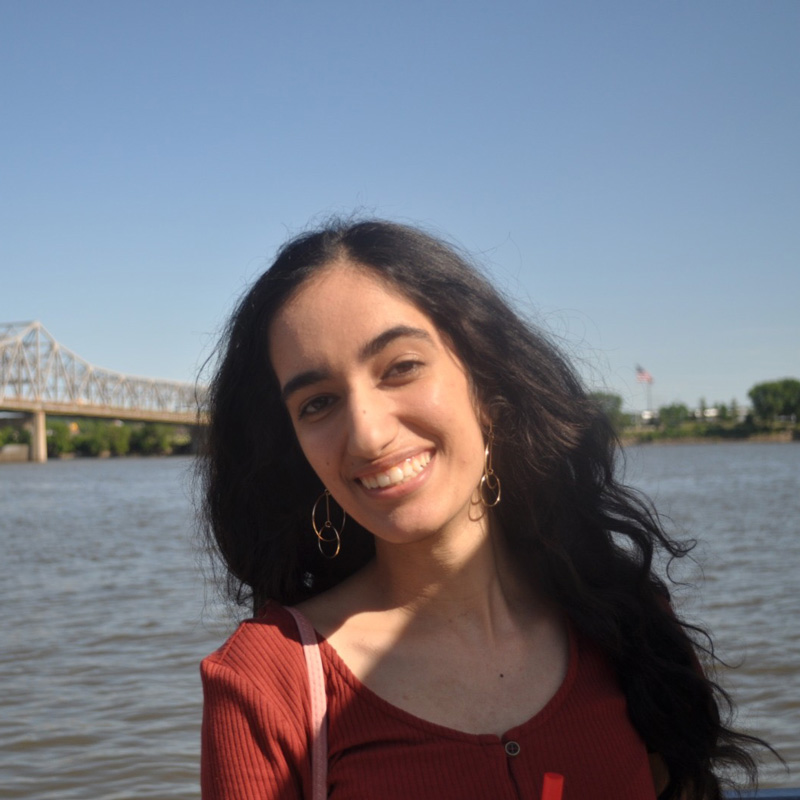by Kratika Tandon
Jakarta, the largest and capital city of Indonesia, is a fast-growing metropolitan province that is home to millions of people and offers a dynamic blend of cultures. It is famous for its rich history, busy markets, and beautiful scenery. However, at approximately 10 centimeters per year, it is also the fastest sinking city in the world. According to a Medium article from August 20, 2020, the city is predicted to be largely underwater by 2050. Approximately 20% of the city is already below sea level, and rising aquatic levels are threatening the existence of the Indonesian islands. The citizens have little choice in the matter as the global politics of climate activism continue while the capital city begins to disappear. An NPR article from June 20, 2018 states that since 2008, approximately 24 million people have been displaced globally by devastating climate disasters. As climate change presents a growing threat to vulnerable populations around the world, climate displacement of environmental refugees has become a growing problem.
Climate migration is in no way a new phenomenon, but current conditions are worsening rapidly. A report by the 2006Stern Review on the Economics of Climate Change projects that the world will have 150- 200 million climate change refugees by 2050. However, the term “climate refugee” itself is tricky. There is no international agreement on who should qualify as a refugee since these migrants do not fit into the legal definition of a refugee: migration due to fear of persecution. According to EcoWatch of February 8, 2021, the identification of these displaced individuals is important because “essentially no legal framework exists that allows a person displaced by climate change to apply for visa, refugee, or other protections.”
The International Organization for Migration (IOM) presents three types of environmental migrants. The first are environmental emergency migrants. These are people who flee temporarily due to an environmental disaster or sudden environmental event, such as a hurricane or earthquake. Second, there are environmental forced migrants. This occurs when populations leave due to deteriorating environmental conditions in their area. This could include deforestation, coastal deterioration, and water scarcity. Finally, there are environmental motivated migrants, also known as environmentally induced economic migrants. These are people who leave to avoid possible future problems. A possible reason for environmentally motivated migration could involve declining crop productivity due to desertification.
Dina Ionesco, head of the Migration, Environment, and Climate Change Division at the IOM states that “responding to the challenges of environmental migration in a way that benefits both countries and communities, including migrants and refugees, is a complex process… involving many different actors.” Working through this problem will require collaboration on a global political level. However, some small steps are already being taken. A report commissioned by an executive order passed on February 4, 2021 by the Biden administration includes proposals for how the US could respond to this global migration. This executive order is focused on rebuilding and enhancing programs to resettle refugees and planning for the impact of climate change on migration.
The climate crisis is inevitable—and pretty soon, Jakarta will not be the only sinking city. We need to act rapidly in order to alleviate the issue of global migration due to climate change. Climate refugees not only get displaced due to natural disaster and climate change, but they also have very little protection. The wealth gap clearly manifests itself among the effects of climate change, and before we are on course for “climate apartheid,” as mentioned by a UN report of June 25, 2019, we need to make changes. We can actively support the movements to pass new legislation and sign circulating petitions. Since we humans acted collectively to get to this point, the best we can do now is act together to offer hope and refuge.
Click here to sign the Environmental Justice Foundation Petition.
About Kratika Tandon

Kratika Tandon is an incoming freshman at the University of Illinois at Urbana-Champaign. She is majoring in biology and graduating with a minor in environmental economics and policy. She graduated from Dunlap High School as class valedictorian. Tandon is incredibly passionate about sustainability. As such, she is interested in many different career paths that involve helping the environment. She is most interested in writing about the subjects of environmental issues, social justice, life during a pandemic, and racial equity. She is proficient in informative and expository writing as well as public speaking. Tandon was a part of her high school’s speech team for four years. This past season, she competed in two events at the state championship tournament: original oratory and informative speaking. She wrote and perfected these speeches on her own, both tackling specific topics dealing with the environment. Tandon was also the president of her school’s local Interact Club. She possesses great leadership, communication, and teamwork skills. She is participating with Giving Voice because she wants to use her voice and writing to inspire others and facilitate change.
About Cailyn Talamonti

Cailyn Talamonti (Manhattan, IL) is a senior at Bradley University. In May 2021, Talamonti will be graduating with a major in Animation and a minor in Graphic Design. She currently works as a freelance artist and designer, creating content for local bands, companies, and others. One day, she wants to be a webcomic artist. Her work is available at cailyntalamonti.com.

